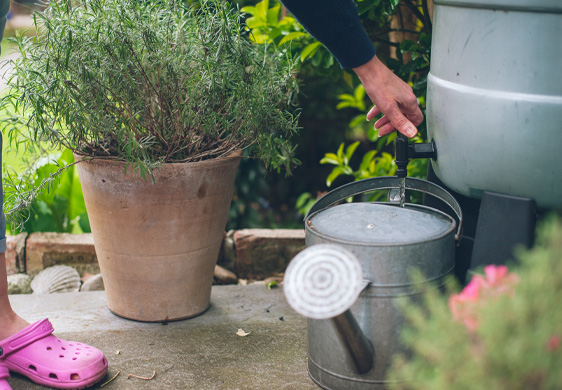- Home
- Our purpose
- Rivers and coastal waters
- Warleigh Weir
About our work at Warleigh Weir
Warleigh Weir, a location along the River Avon near Bath, is visited by people who use the stretch of river for recreation, including swimming.
We are investigating how factors in the large river catchment upstream of the site influence the condition of the river water and the role our assets have.
Water quality updates from Warleigh Weir
Through Water Quality Live, you can see the water quality, temperature and flow rate of the river.
How are we monitoring water quality?
River water quality can be affected by a number of factors, including storm overflows, treated wastewater, agricultural run-off, septic tanks, road drains and wild animals.
We are working with the landowner, the Rivers Trust, Bristol Avon Rivers Trust and the Environment Agency to gain a better understanding of the factors that influence bacterial water quality at the location.
To do this, we collect water quality information, and river flow and weather data from Warleigh Weir and the catchment upstream, as well as trialling real-time water quality monitoring sensors in the river.
Real-time bacteria monitoring trial
The quality of bathing waters is measured by looking at the concentration of faecal indicator bacteria present in them. There is currently no technology that can continuously measure the concentration of these bacteria in rivers, which means we can’t provide people with this information in real time.
Instead, samples have to be collected by hand and taken to a laboratory where the bacteria are analysed under controlled conditions, which takes around three days. However, there are many readily available sensors that can provide robust real-time measurements of other water quality indicators, including temperature, pH, conductivity, dissolved oxygen and river flow.
We are working with UnifAI, a company specialising in the use of artificial intelligence (AI) technology, to trial an approach that uses algorithms to develop relationships between these readily measurable parameters and the concentration of bacteria in water.
The trial, which is currently ongoing, involves using a series of sensors, collecting water samples and analysing bacteria in the laboratory. As more data is collected, the AI will develop these relationships, which will hopefully allow us to stop analysing samples in the laboratory and start providing the public with real-time water quality notifications.
What can you do to help?
Installing water butts to collect rainfall and soakaways to allow rainwater to naturally drain away would mean there would be less rainwater in the sewerage network and reduce the need for storm overflows to operate. Customers who do this can receive a reduction in the bill through our rainwater drainage allowance.
Find out more about how to help manage rainwater runoff.

